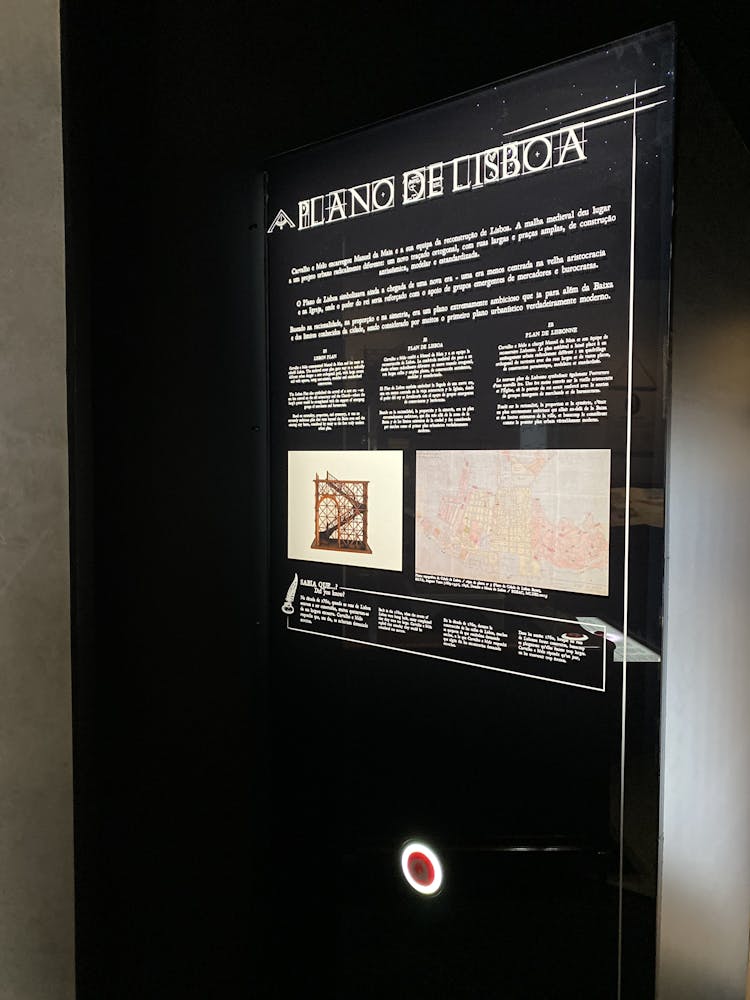Share
In 1755, Lisbon was the fourth largest European city and was known for its wealth, prosperity, and sophistication. It was one of the most beautiful cities in Europe, with an estimated population of 200,000. Palaces and churches impressed visitors because of their opulence and magnificent splendour - it was the centre of the world’s gold trade. People from all walks of life came to Lisbon to work, trade, and travel. But Lisbon’s fate was sealed in a major earthquake that shattered its seemingly indestructible grandeur. At 9.40 a.m. on 1 November, three tremors shook the city, followed by a tsunami and a devastating fire. Current scientific and geological analysis point to a magnitude of 8.5 on the Richter scale for the quake: in just about nine minutes, the Big One destroyed a great part of the city: buildings, of course, but also the treasures the city and its people had accumulated.
Even though the king's ministers attempted estimations of the losses related to this event, the numbers remain vague. Deaths due to the quake, fires, and tsunami have been often assessed at over 100,000. However, most studies agree that the number of deaths was most likely between 12,000 and 40,000. Imagine losing one in four people you know! You couldn’t even go to mass to find solace because, from the 200 pre-quake churches in and around Lisbon, only 20 remained. As for the houses, only 15% remained intact, although this estimation might include the demolitions that had to be made to rebuild the city.
Where to sleep? No walls were safe, and any roof could fall at any time.
The total amount of damage caused by the earthquake is almost impossible to determine. However, the undeniable figures speak for themselves, such as the loss of 53 palaces, 60 chapels, and 46 convents. The number of libraries and antique books lost in the disaster was equally staggering. In addition to the 55,000 volumes of the library of the Count of Ericeira, the Duke of Lafões and Marquis of Valença libraries were lost, as well as the very rich libraries of the convents of S. Domingos, Espírito Santo, Carmo, S. Francisco, Trindade, and Boa Hora. Even the beloved Royal Library was consumed by fire. The countless clocks, mathematical instruments and, above all, the 70,000 books and manuscripts were reduced to dust, thus erasing a large part of the country's history, culture, and heritage. The Portuguese capital seemed reduced to a thick layer of ash.
Another decisive consequence for the history of the city and the kingdom was the loss of several of the Crown’s important political and administrative buildings—the Customs House, the Casa da Índia, the Terreiro do Trigo, the Ribeira das Naus Stores, the offices for the Secretaries of State for War and for the Navy and Overseas, part of the most important courthouse in the kingdom, Desembargo do Paço, lost its archives, and the palace where the Inquisition was housed—were destroyed. These buildings contained millions of documents, records of the entire history of the colonial empire, archives with goods and fleet crew records, rare maps, and nautical instruments. The city's main jails, the Aljube and the Tronco, were also seriously damaged.
Of the magnificent palaces that were lost, we must point out the destruction of the royal residences—the Paço da Ribeira, the Paço da Quinta de Alcântara, the Paço da Alcáçova, the Corte-Real Palace, and the Bemposta Palace—as well as the destruction of 33 residences of the main families of the Court: the houses of the Counts of Redondo, the Marquis of Gouveia, the Duke of Cadaval, the Count of Castelo Melhor, the Duke of Lafões, and the Marquises of Távora. Most of these buildings were never rebuilt, nor were their gardens, many of which were stunning, and the losses in furnishings—paintings, tapestries, books, silverware, and precious furniture—are incalculable.
The six hospitals in the city burned, making it even more difficult to help the victims. Among the Church's major losses, St. Domingos, Carmo, Francisco, Espírito Santo and Trindade Churches were the hardest. 35 out of 45 parish churches collapsed, and of the 65 convents only 11 remained habitable although damaged. When referring to the disappearances of churches, we must consider that a great part of the sacristies were authentic treasures: Holding chalices, lamps, crosses, reliquaries, crowns, crucifixes, silver and gold images, all adorned with precious stones.
Accurate measurements of the losses in the disaster are, as we have seen, impossible to make. But historians have tried to estimate the economic impact of the Earthquake. If we consider the GDP of the kingdom in 1755—according to recent calculations, at around 150,000 to 200,000 contos (about 150,000 to 200,000 thousand escudos)—we have an idea of the cost of the Earthquake. A testimony from the time points to 365,440 contos of losses. Therefore, about twice the GDP of the kingdom. Other sources speak of 229,520 contos in losses, which would point to a destruction of a value practically equivalent to the GDP of that year, at least. There is no doubt that the losses were colossal and manuscripts written at the time indicate that 18,000 contos were lost in diamonds alone. We have another idea of the destroyed value, when we estimate the losses per building: Royal Palace, Patriarchal Palace, Royal Theatre and Customs (4,000 contos); metallic gold and silver money (4,000 contos) and movable goods (jewellery, gold and silver objects, palace furnishings, libraries, churches, furniture, art pieces, tapestries (210,000 contos).
The sources of the time are very diverse in their assessment of the damage. Economic historians have published more cautious estimates. In this case, whether one accepts the more conservative estimates (32% to 48% of GDP) or the more speculative ones (75% of GDP)—depending on whether one counts more or less lost treasures and goods—there is no doubt of the huge economic impact of the Earthquake.
If we consider the GDP as an overly large figure, we may say, based on tax records of the 18th century, that the average revenue of the Crown between 1750 and 1777 was 5,596 contos and the average of the other Brazilian arrivals in Lisbon in that period was 615 contos. Thus, even in the most conservative estimates of earthquake losses made by historians (about 63,693 contos), the destruction caused by the earthquake was estimated at 11 times the annual tax revenues of the Crown and more than 100 times the average revenue of all the gold from Brazil arriving each year.
In addition to the costs estimated by Portuguese sources, there were the losses, also incalculable, of foreign merchants in Lisbon. According to one manuscript, about 40 000 contos, more than 80% in goods were lost by English merchants. As if the damage to the city were not enough, the huge losses of foreign merchants helped spread the commotion caused by the earthquake.
Even so, the response to the earthquake internationally was surprising. News of the death and horror spread across Europe in the form of letters, gazettes, and pamphlets—setting fire to discussions about the causes and reasons for such a disaster, with those defending divine causes and those defending natural causes. Many monarchs and sovereigns wrote to the King of Portugal offering their condolences and help. Portugal was a key country in world politics and economics, and these offers of help were loaded with empathy, but also with political intentions. The king and his minister were careful about accepting gifts.
However, for its size and scope, one can say that this was probably the first International Humanitarian Aid action: Ships arrived from Spain, Hamburg, Holland, and more. But the biggest help curiously came from a Protestant country, England. The Kingdom’s oldest ally sent a fleet of ships with 300,000 cruzados in cash, 60,000 barrels of meat, 4,000 of butter, 1,200 sacks of rice, 15,000 quintals of flour, 15,000 of wheat, and tools such as shovels, hammers, saws, nails, and... shoes.
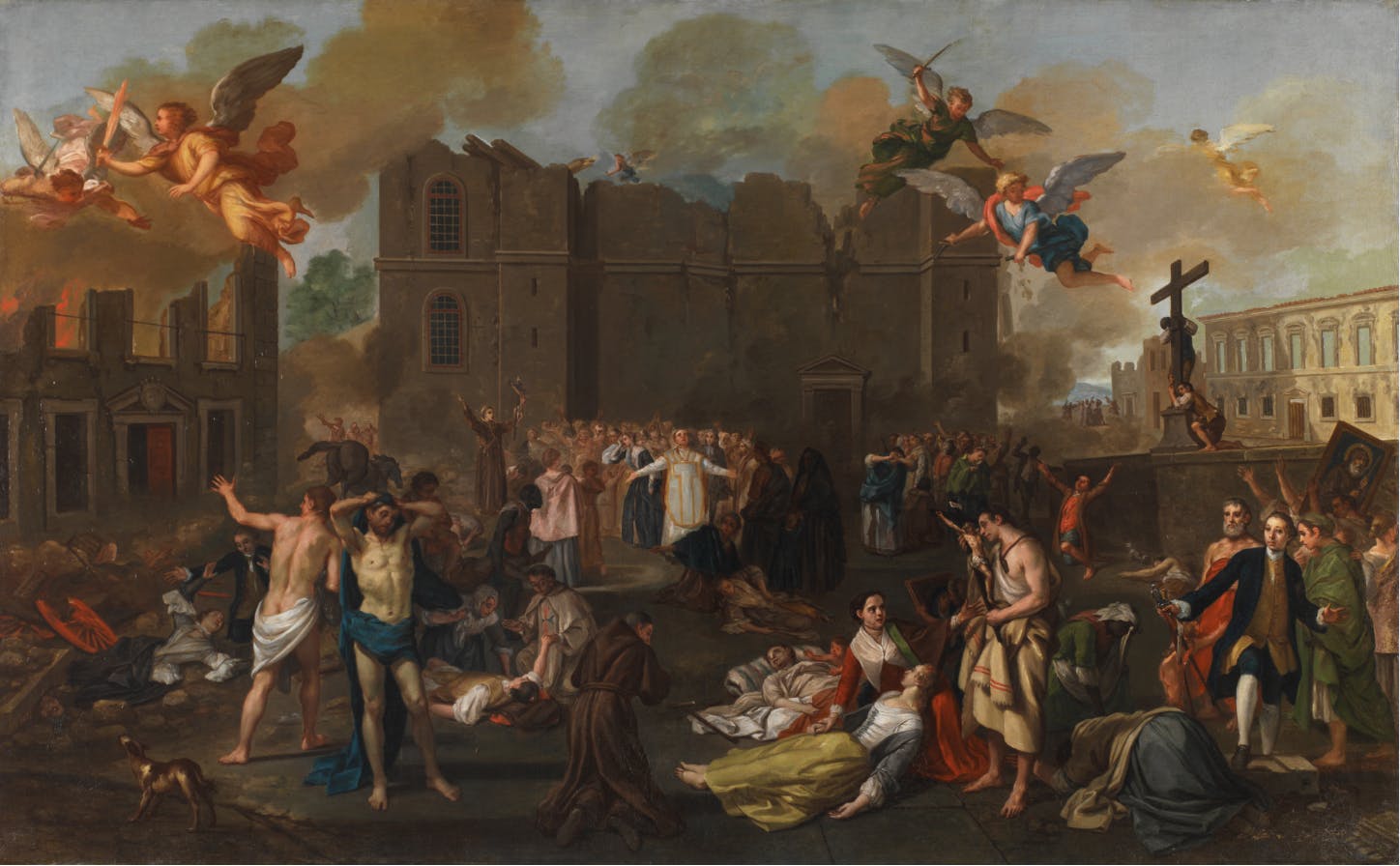
João da Glama had survived the earthquake just in time to get out of Chagas Church, where he had gone to mass, and then watched the horror from the heights of Santa Catarina. It is believed that he had taken notes on the same day to make the painting later. There are various symbolic elements—such as the angel holding a flaming sword on the top right—which refer to the idea of divine retribution, a prevalent theory at the time. Glama took more than 30 years to paint this tableau, which he kept unfinished until he died in 1792.

After the earthquake, 46 convents were destroyed in Lisbon, more than 70,000 volumes of the Royal Library were lost, including valuable books and documents. All six hospitals in the city burned down, the largest and most important being the Hospital de Todos os Santos, located in Rossio Square. The wounded were laid on beds of dry leaves inside tents erected in the square and stayed there for over three weeks.
Bibliography
Benigno E. Aguirre, «Better Disaster Statistics: The Lisbon Earthquake», Journal of Interdisciplinary History, xliii, 1, Summer, MIT, 2012, pp. 27–42.
José Luís CARDOSO, «Pombal, o Terramoto e a Política de Regulação Económica», O Terramoto de 1755: Impactos históricos, Livros Horizonte, 2007.
David K. CHESTER, «The 1755 Lisbon Earthquake», Progress in Physical Geography, 25, no. 3, 2001, pp. 363–83.
Charles R. BOXER. «Some Contemporary Reactions to the Lisbon Earthquake of 1755.” Revista da Faculdade de Letras XXII, no. 1, 1956, pp. 113–29.
Cadernos do Arquivo Municipal, Lisboa joanina, 1700-1755, Arquivo Municipal, série II, nº 1, Jan-Jun, 2014.
José Augusto FRANÇA, Lisboa Pombalina e o Iluminismo, Bertrand, 1977.
Ange GOUDAR, Rélation Historique do Tremblement de terre survenu à Lisbonne le premier Novembre 1755, Avec un détail contenant la perte en Hommes, Eglises, Convens, Plais, Maisons, Diamans, Meubles, Marchandises, Précédée d’un discours Politique sur les avantajes que le Portugal pourroit retirer de son malheur. Dans lequel L’Auteur développe les moyens que l’Angleterre avoit mis jusques-lá en usage pour ruiner cette Monarchie, La Haye, Chez Philanthrope, à la Vérité, 1756.
Mark MOLESKY, This Gulf of Fire: The Great Lisbon Earthquake, or Apocalypse in the Age of Science and Reason, Vintage, 2015.
José Vicente SERRÃO, «Os impactos Económicos do Terramoto», O Terramoto de 1755: Impactos históricos, Livros Horizonte, 2007.
Álvaro PEREIRA, «The Opportunity of a Disaster: The Economic Impact of the 1755 Lisbon Earthquake», The Journal of Economic History, Cambridge, 69 (2), 2009, pp. 466-499
Portugal Aflito e Conturbado, 1759-1761, Inês Morais Vieas e Sara Menezes Loureiro (edição literária), Câmara Municipal de Lisboa, 2010.
João Duarte FONSECA, 1755, O Terramoto de Lisboa, Argumentum, 2005.
O grande terramoto de Lisboa, 1755, 4 volumes, Fundação Luso-Americana para o Desenvolvimento-Público, 2005.
Show other RFID points
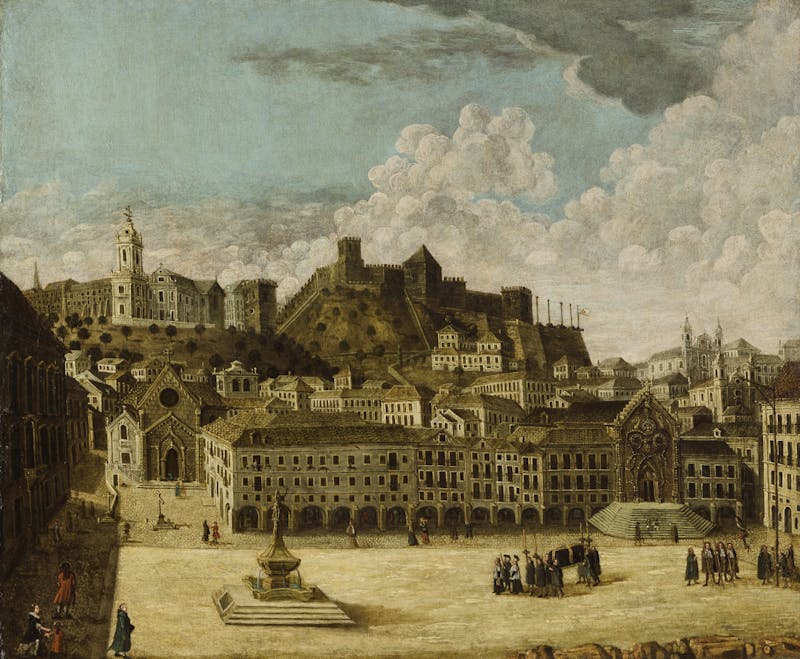
Lisbon 1755 - A city of contrasts
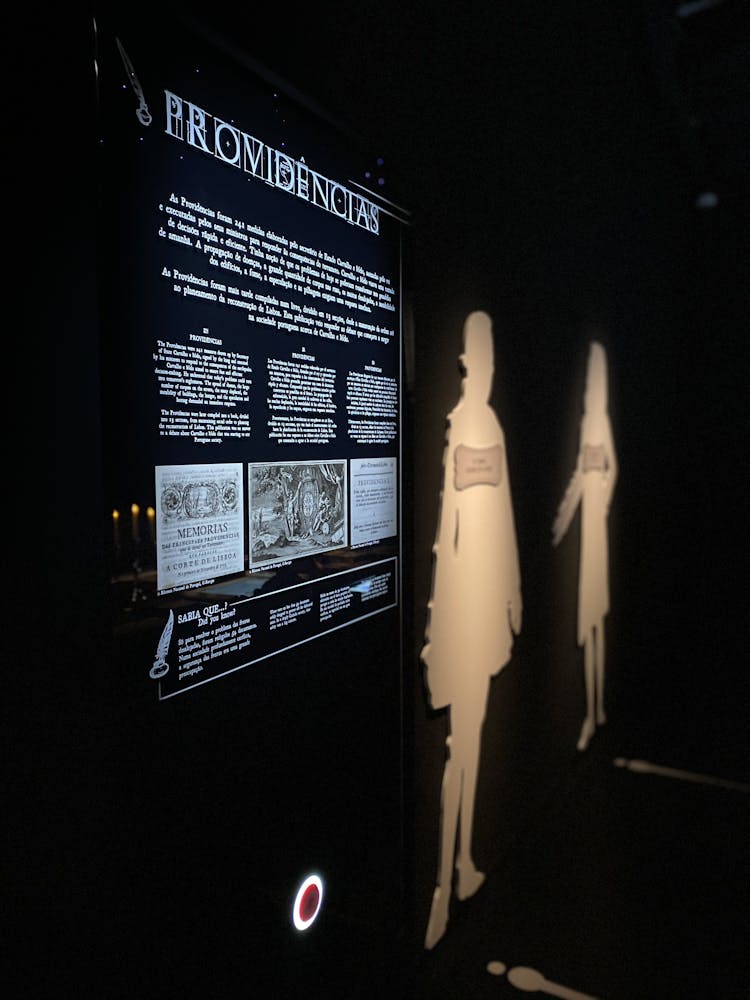
Providências

The German merchant

Surgeon Bleeding Barber
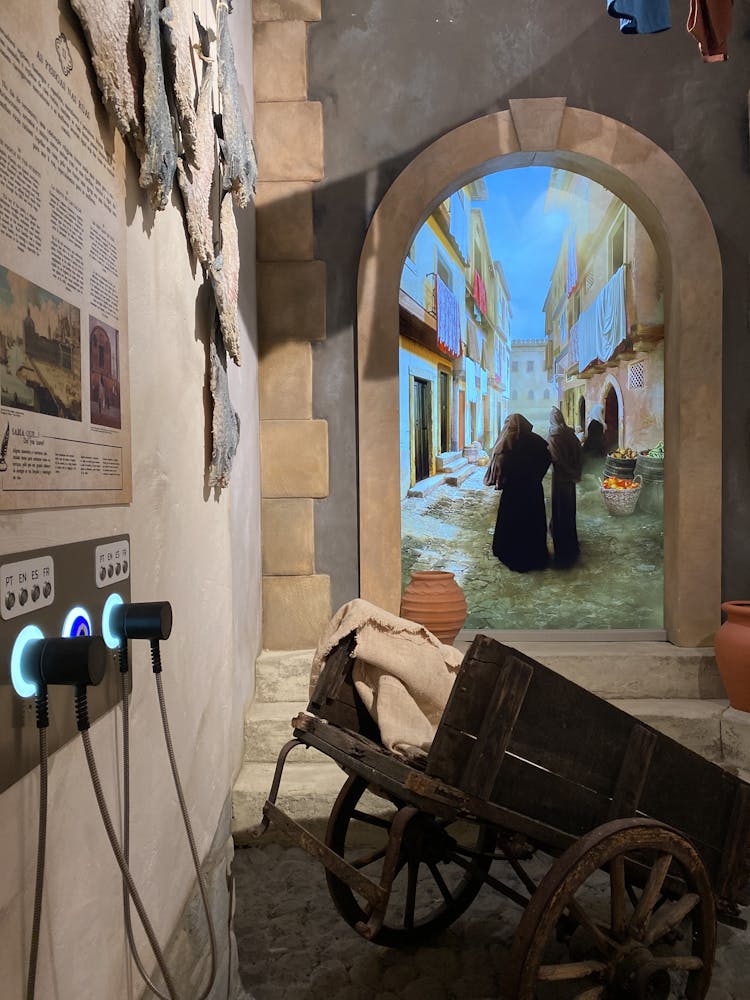
The people in the streets
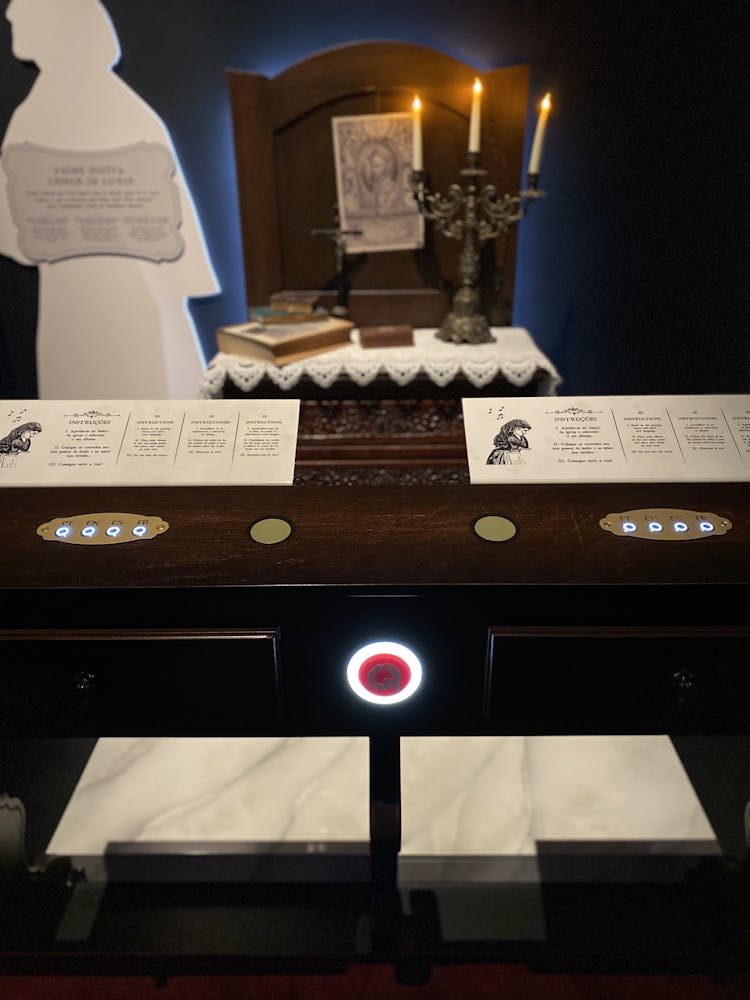
Jesuit book censor Priest
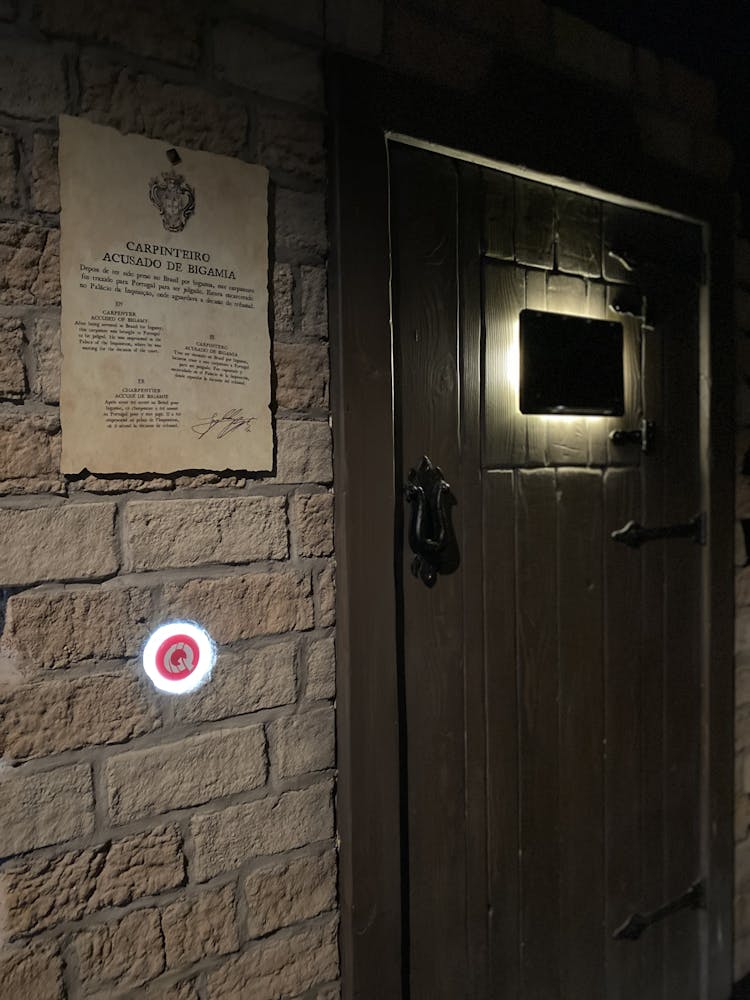
Carpenter accused of bigamy
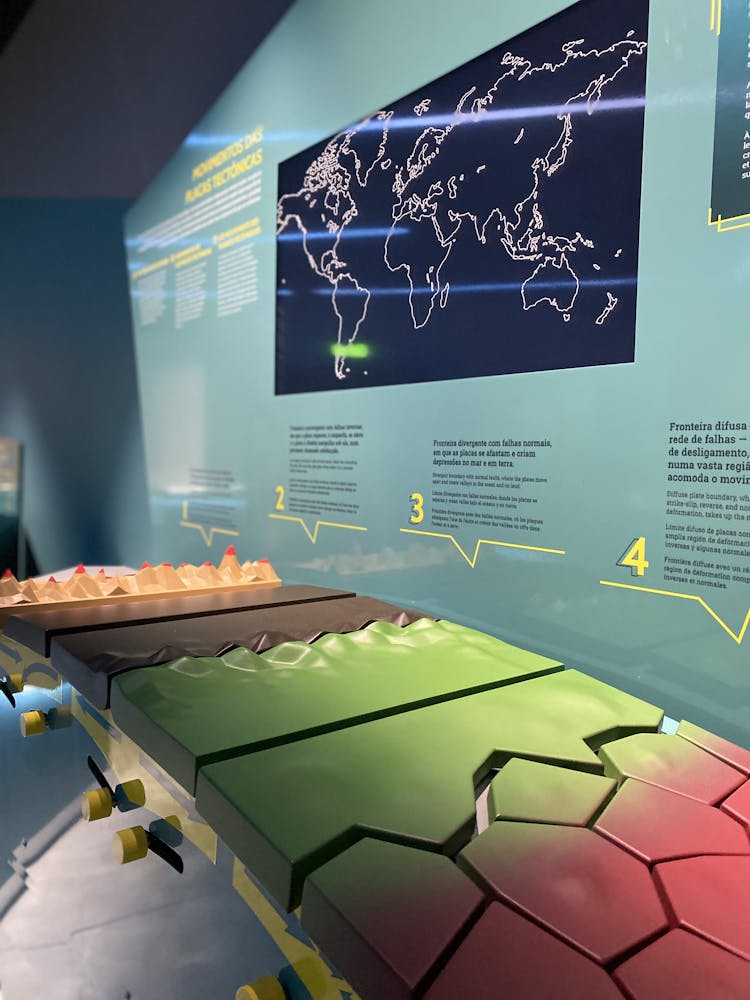
Tectonic Plates and Moving Plates
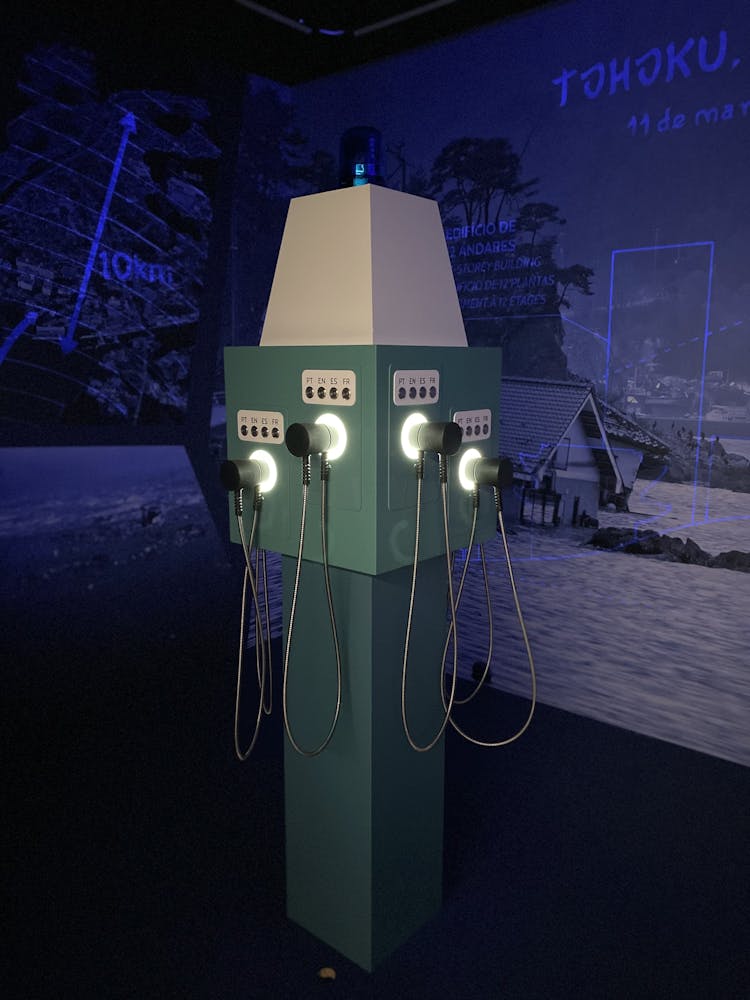
San Francisco and Tohoku
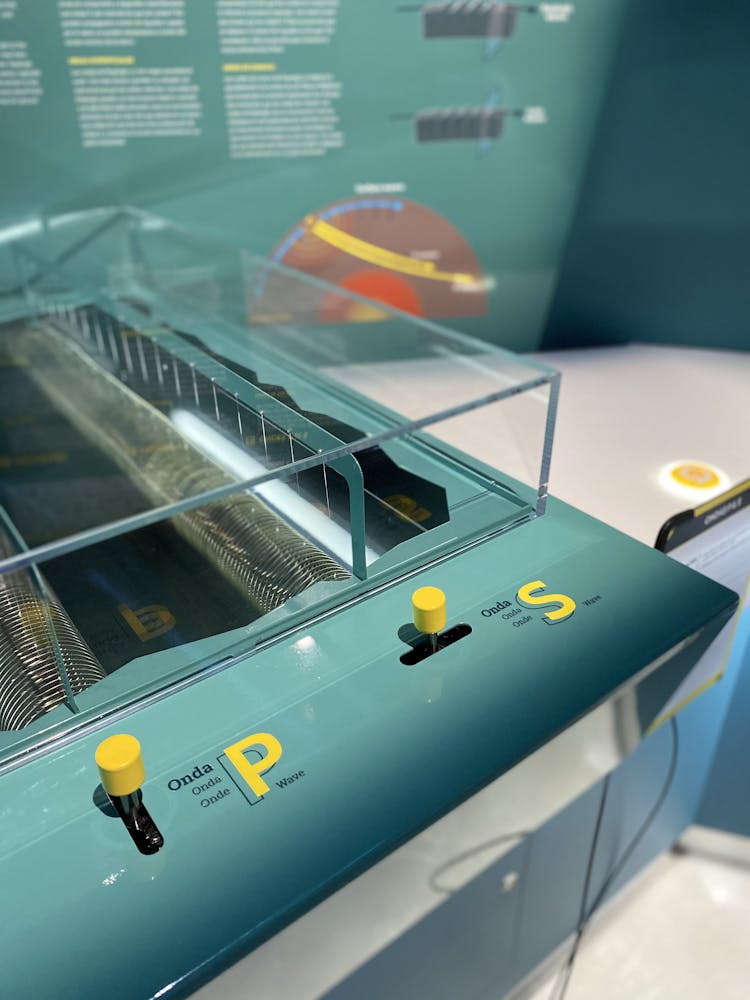
P&S Waves
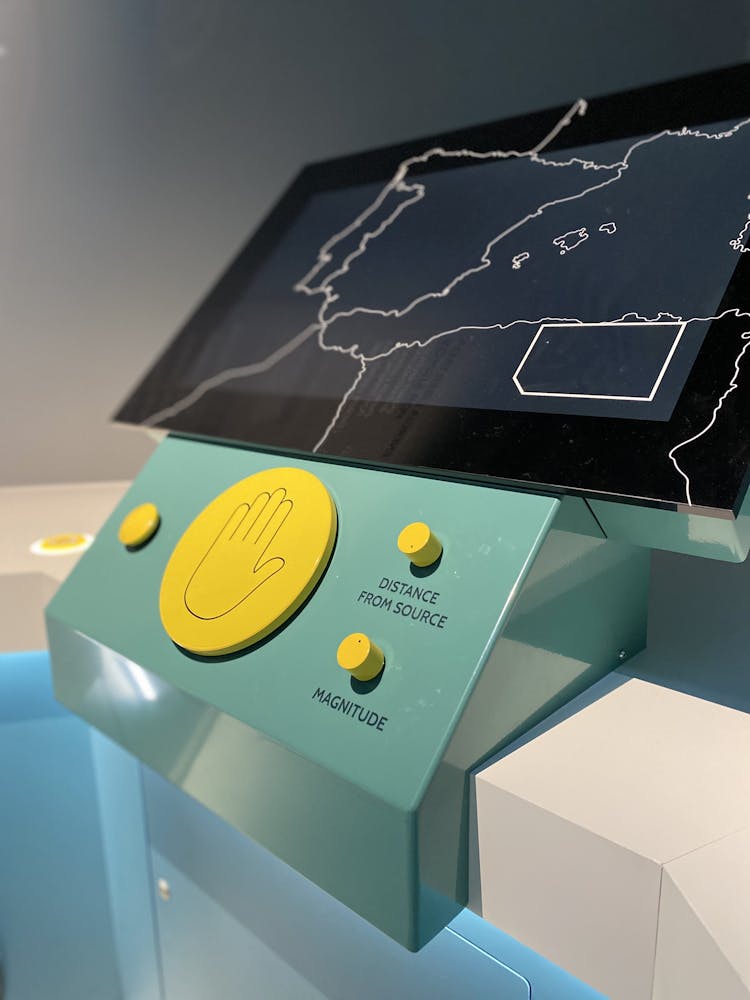
The Size of an Earthquake
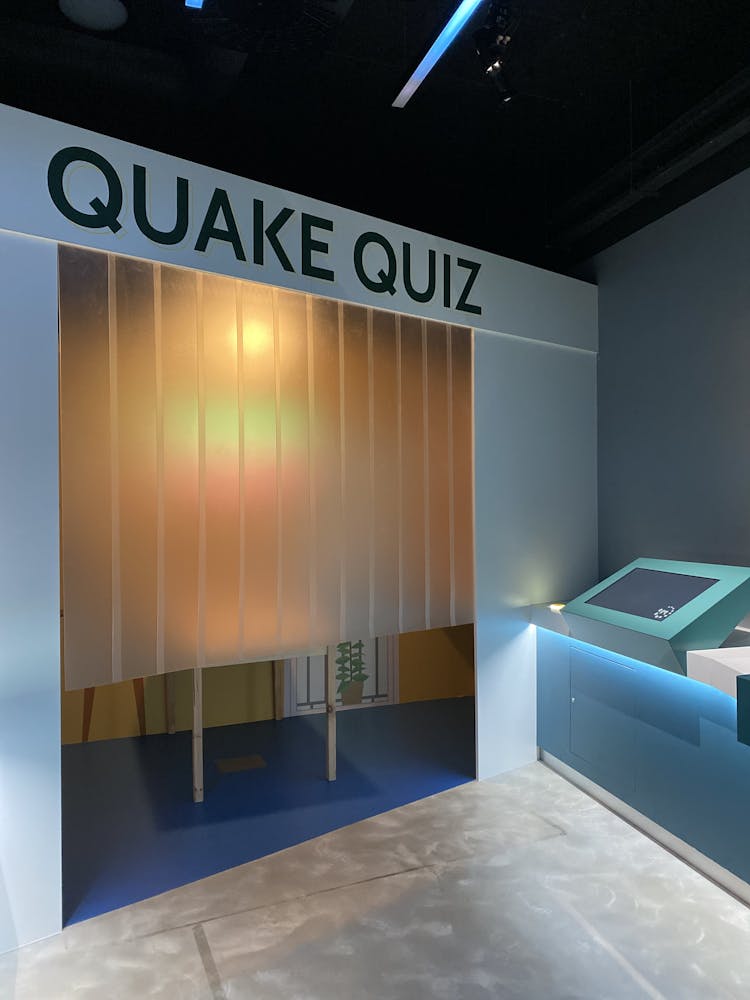
Are we prepared for the next one?

Anti Seismic Constructions
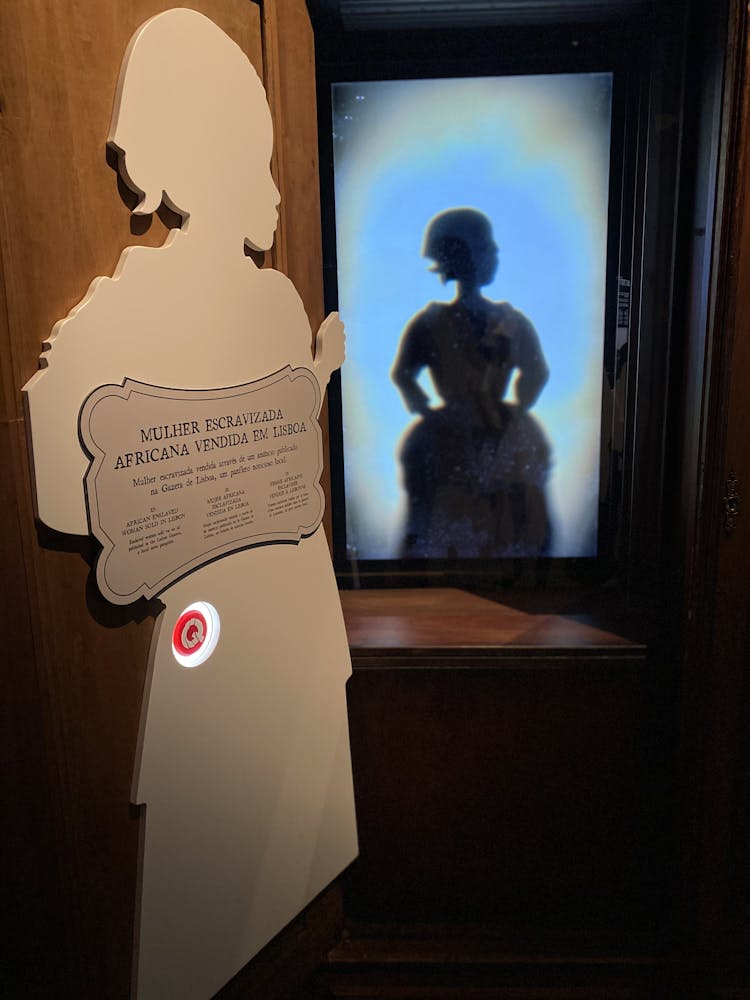
African enslaved woman bought in Lisbon
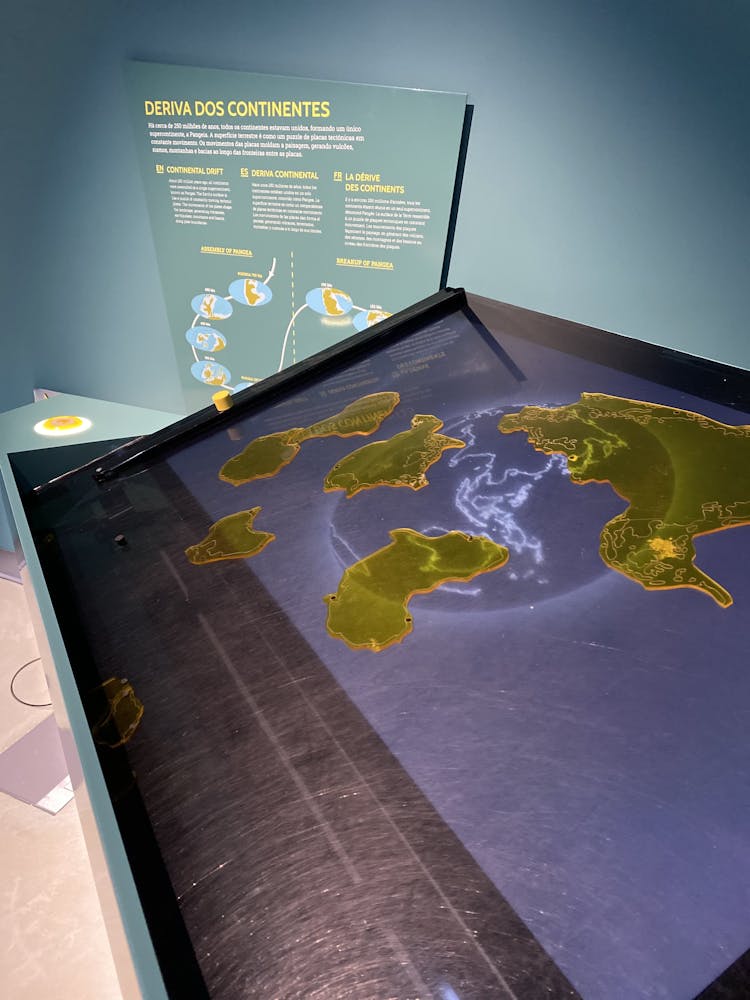
Continental Drift
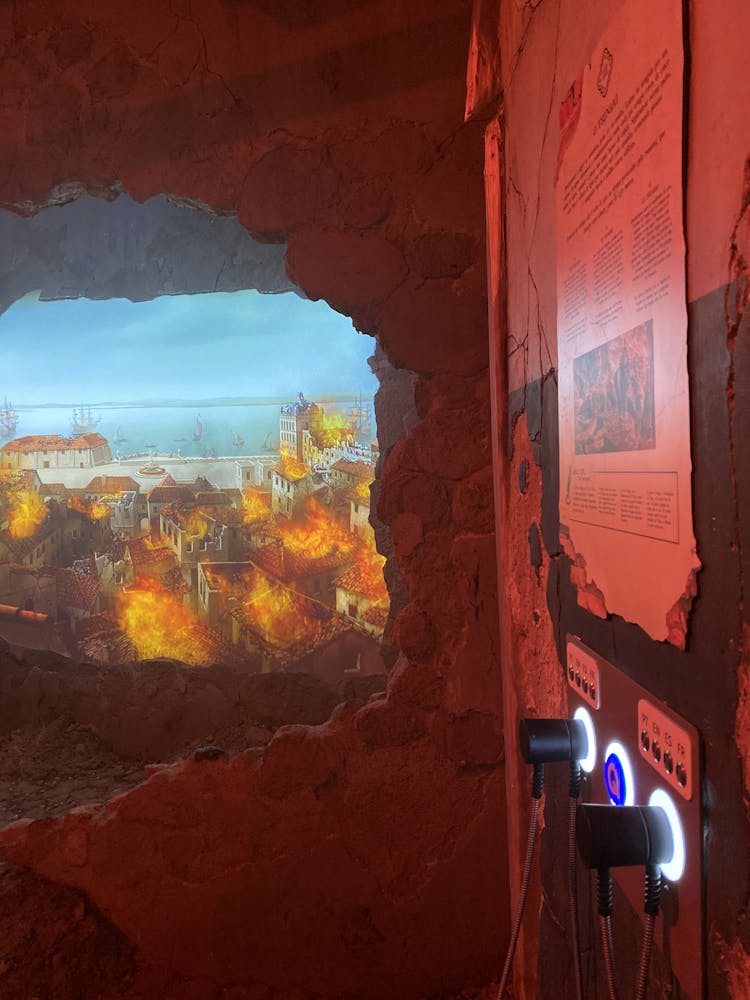
The Tsunami

Seismometer
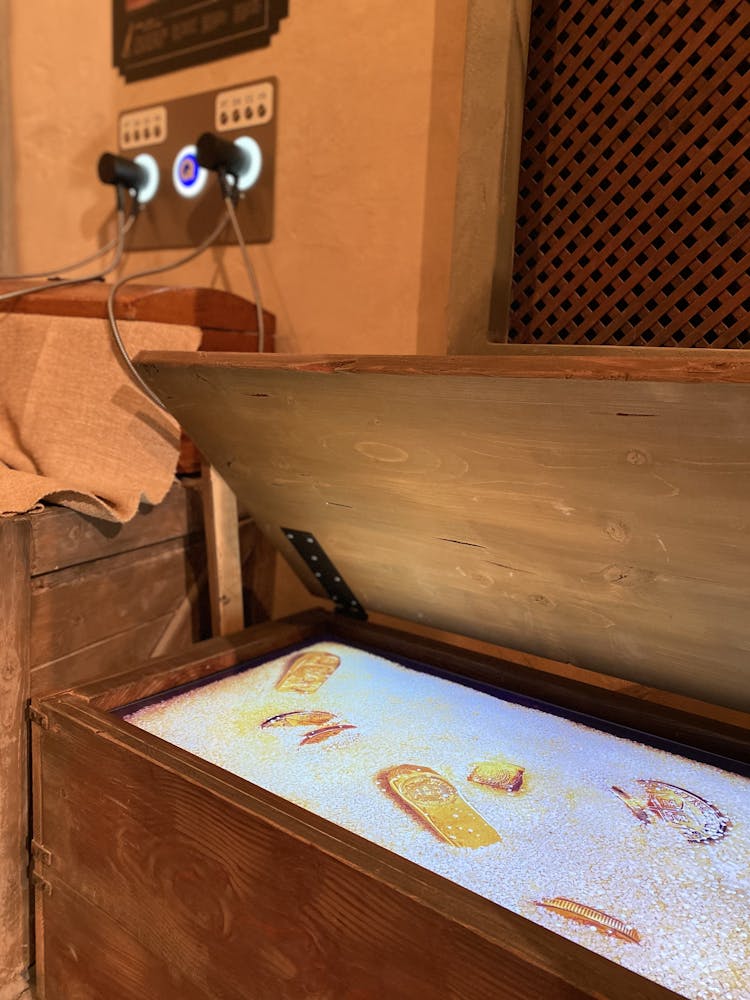
Richness of the city and gold smuggling
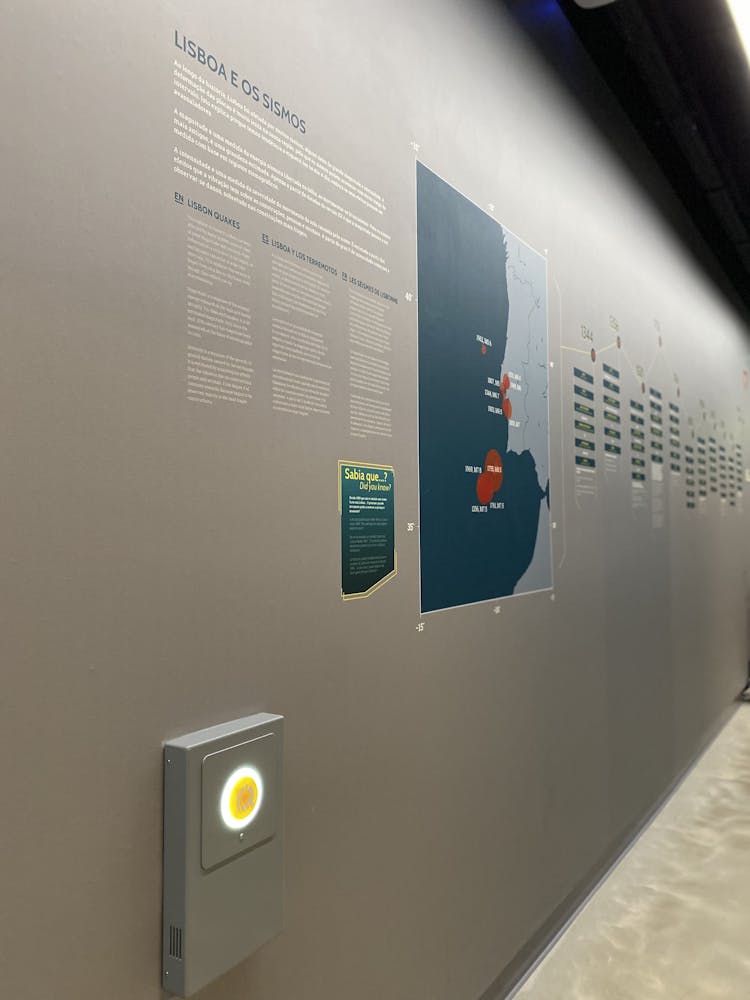
Portugal Tectonics and Lisbon Quakes

How the fires started and propagated
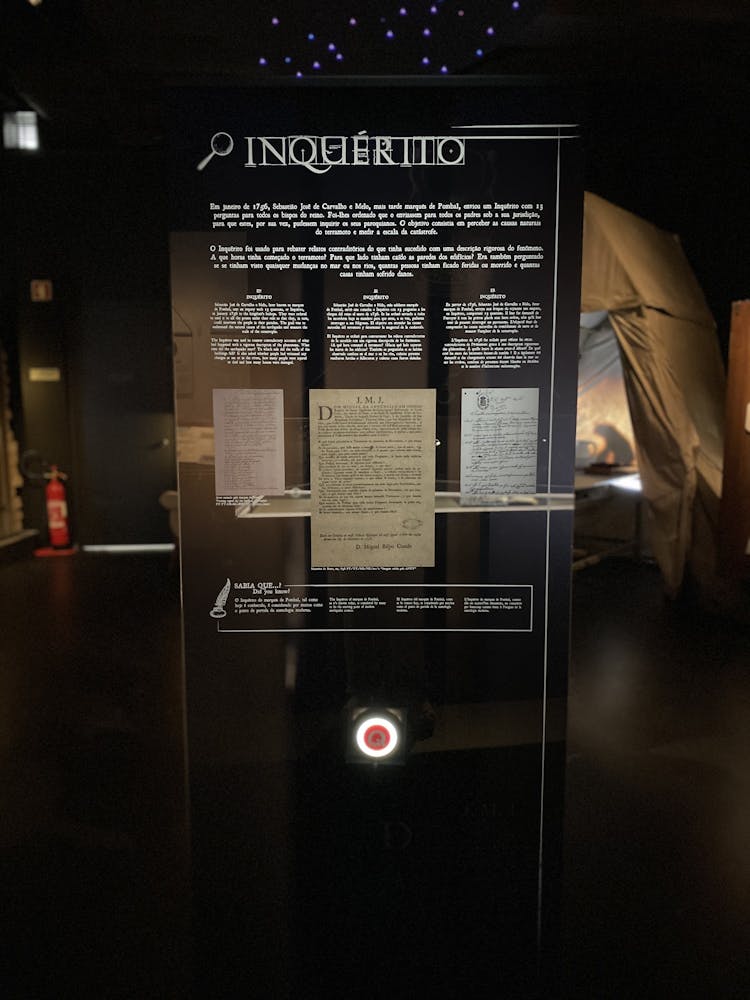
Inquérito
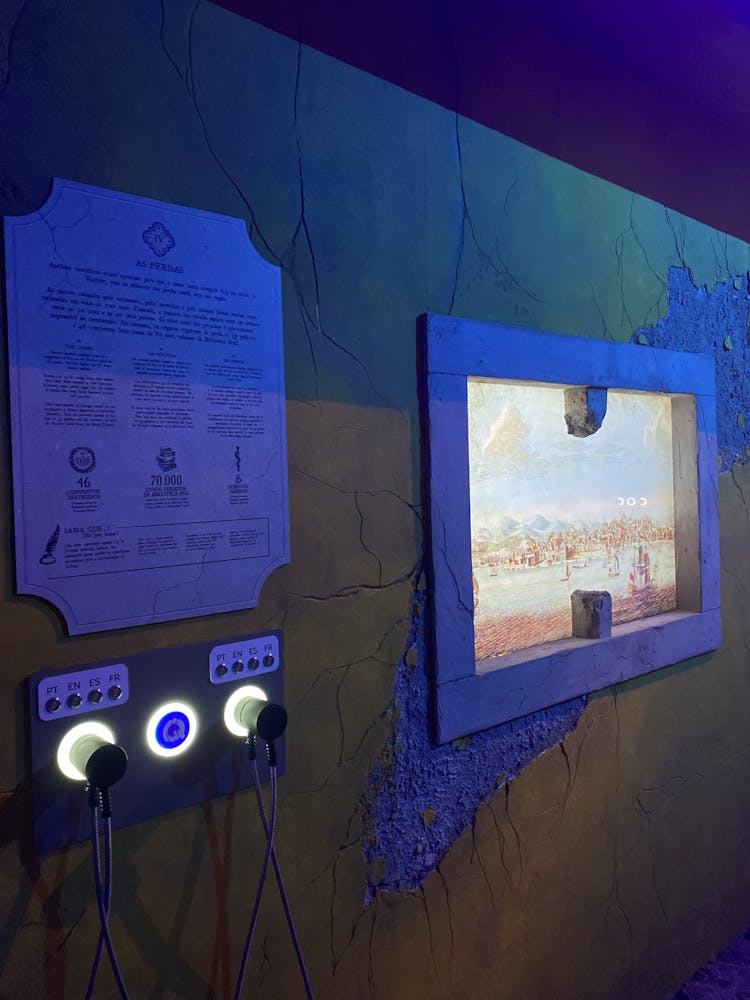
The losses
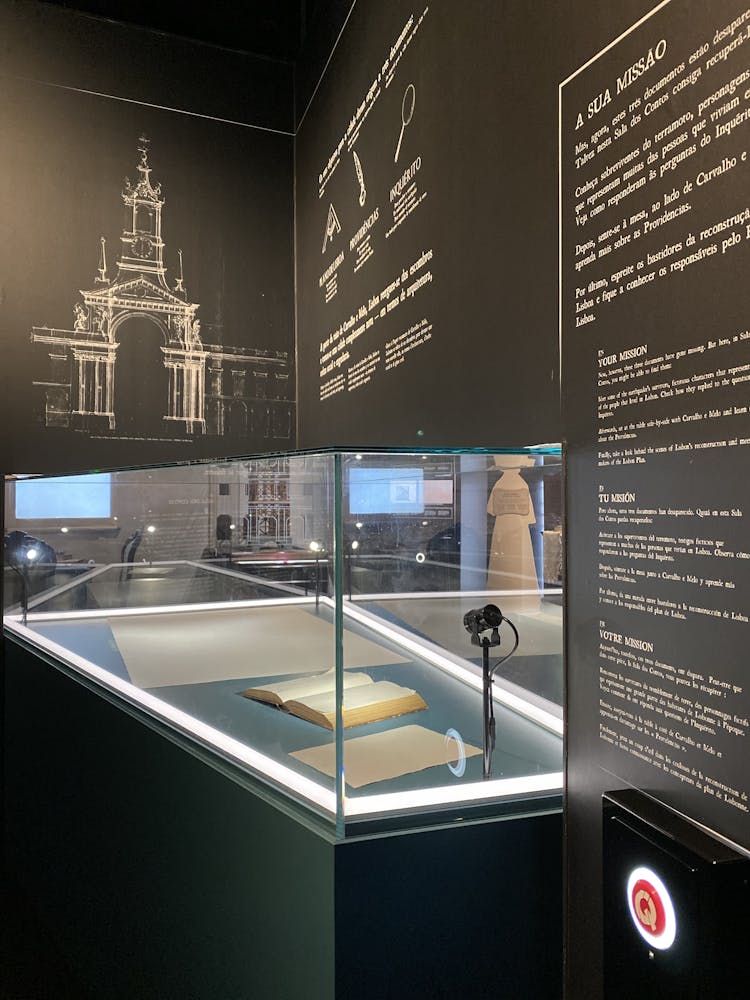
The three missing documents
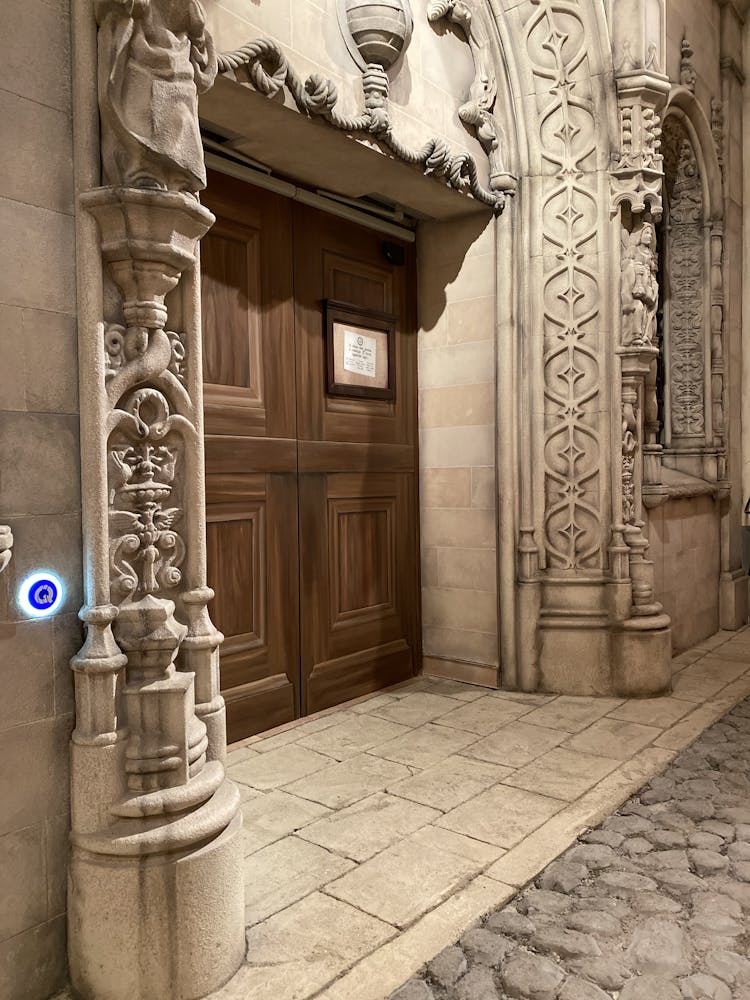
Traditional Rite Masses
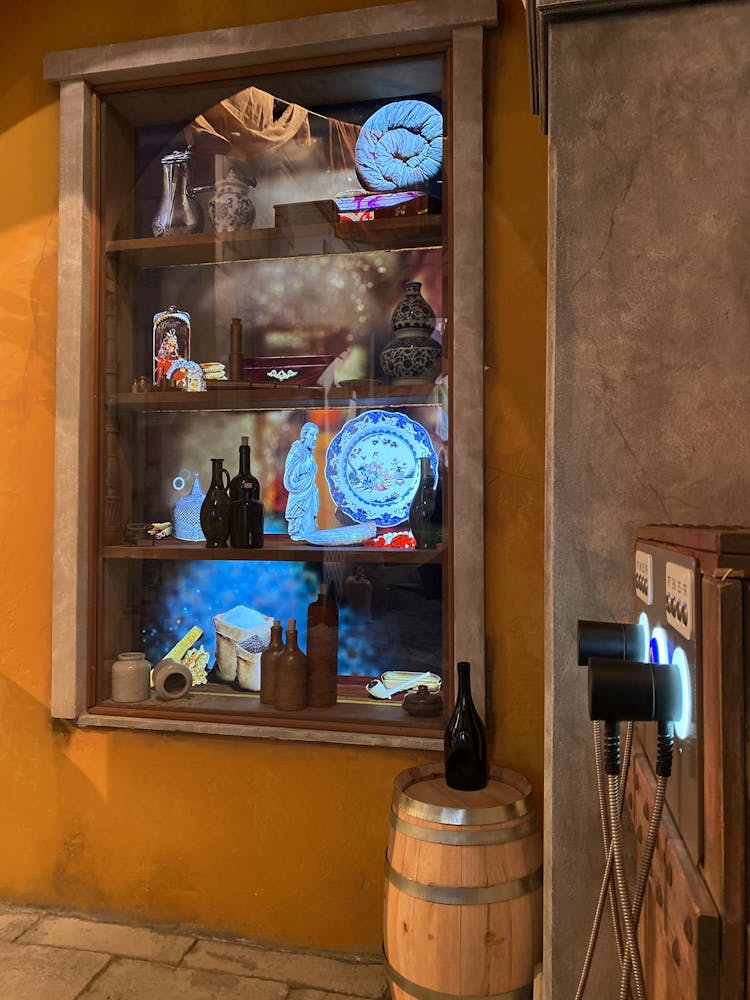
The connection with the colonized territories
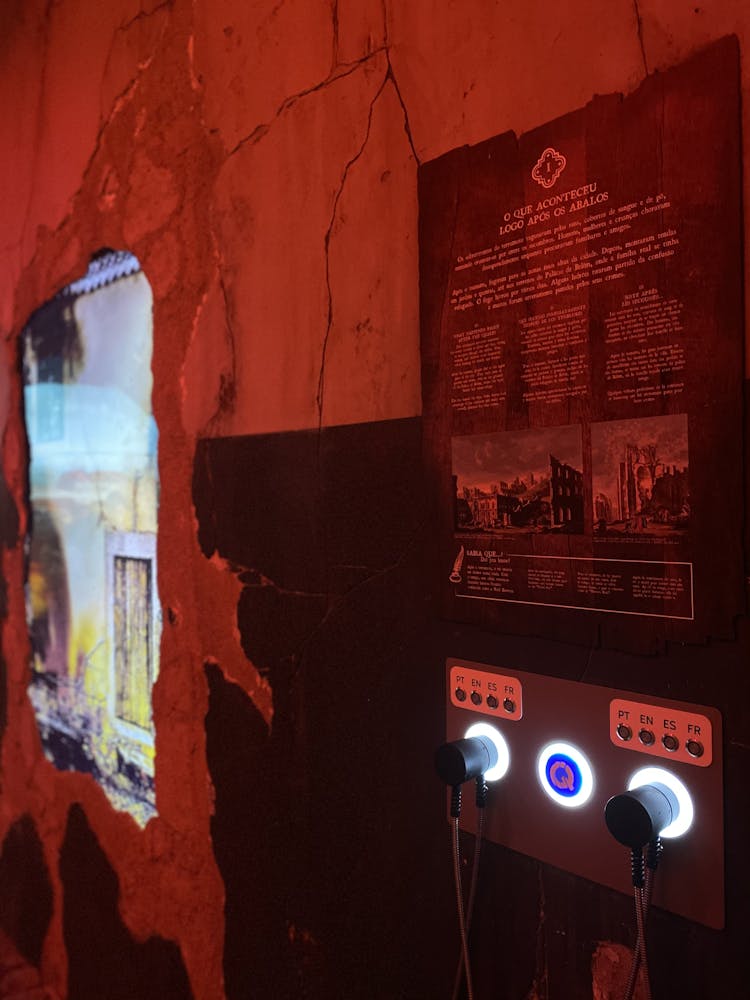
What happened right after the quakes
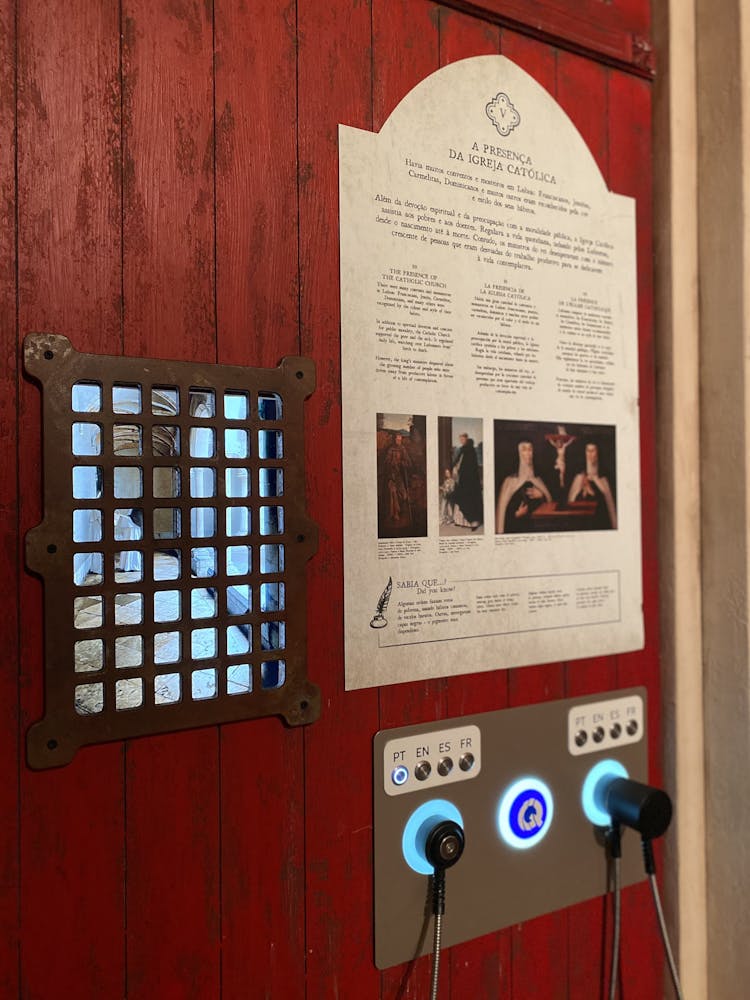
Presence of the Catholic Church

Related Effects

The King's Ministers
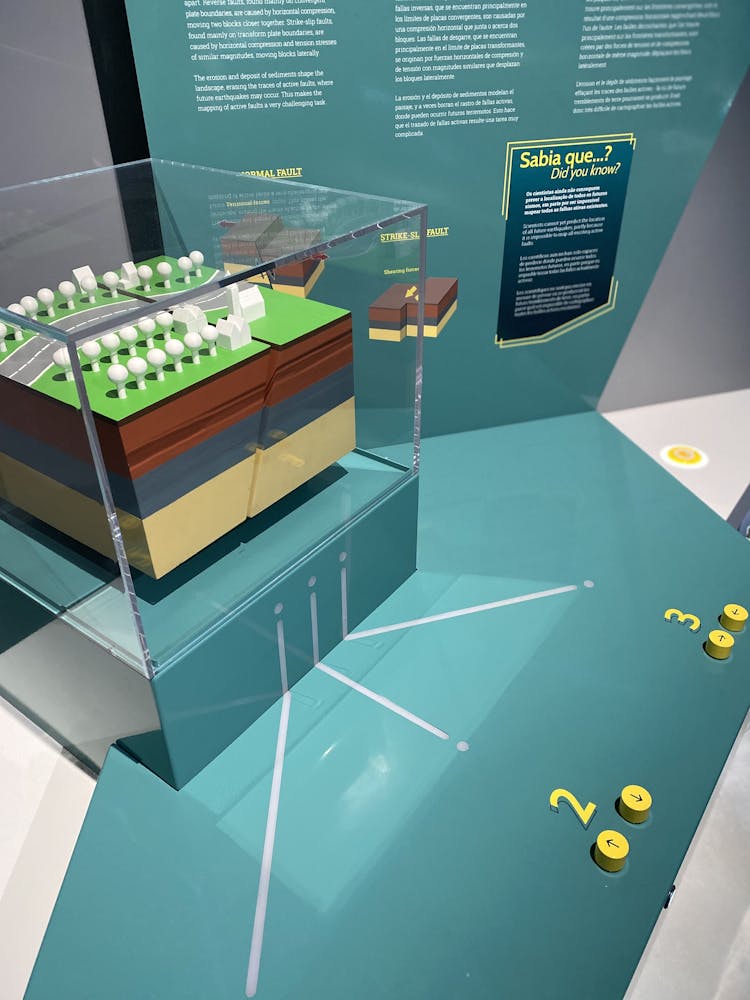
Earthquakes and Faults
